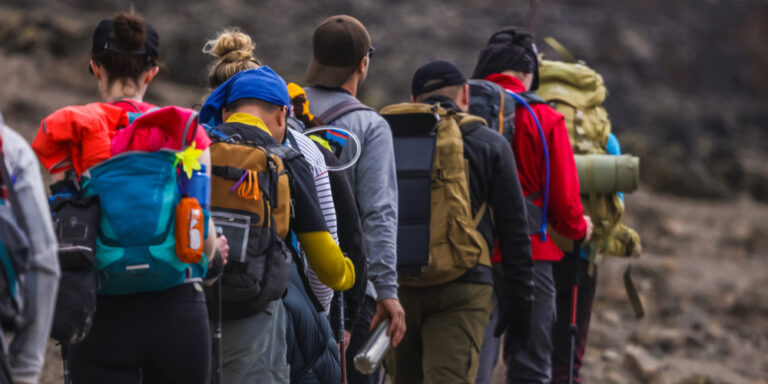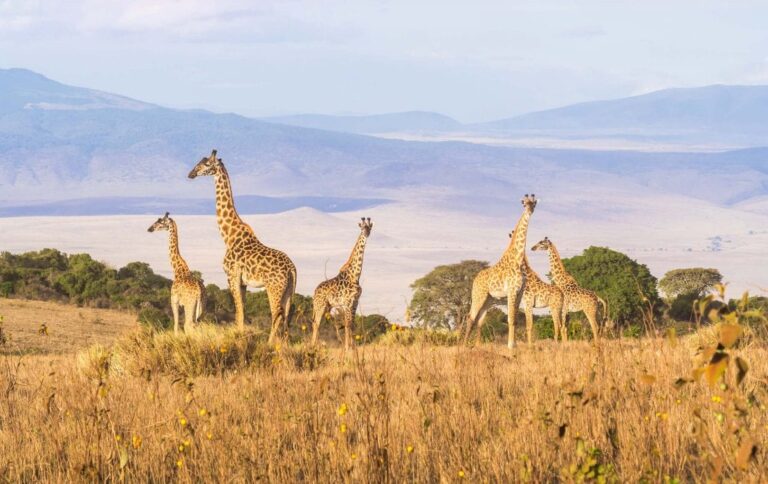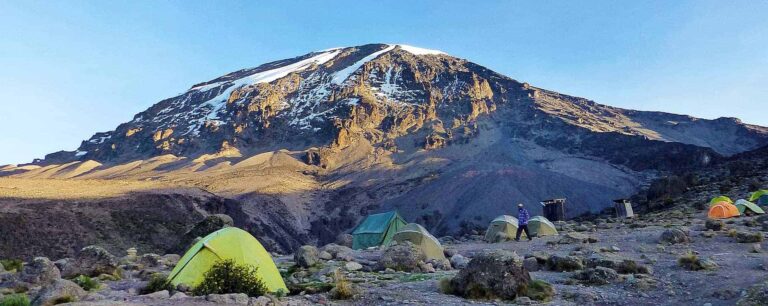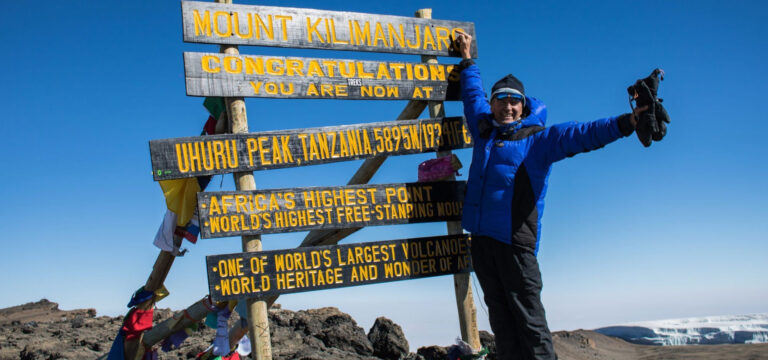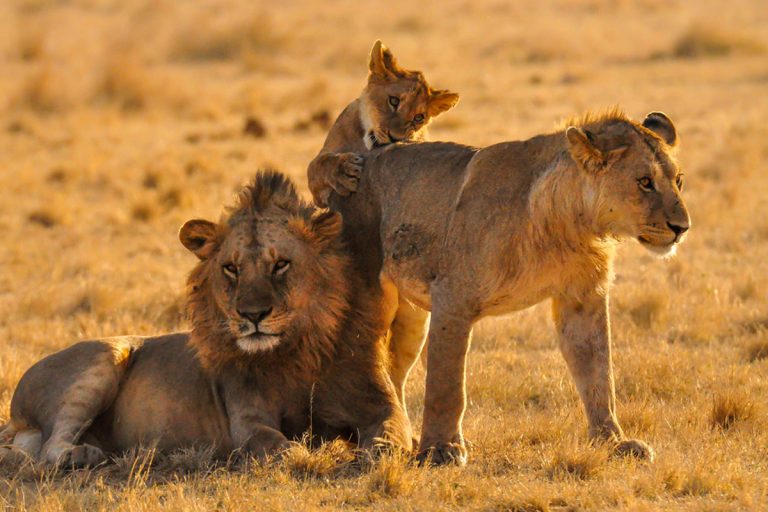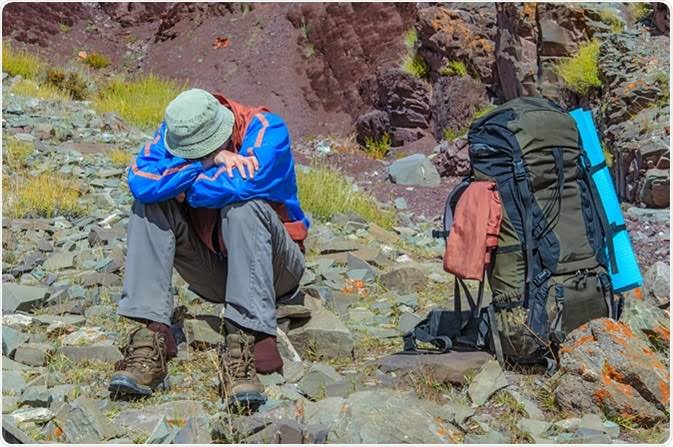Katavi National Park, located in the remote southwestern part of Tanzania, is the country’s third-largest national park, covering an impressive area of approximately 4,471 square kilometers (1,726 square miles). It is situated within the Katavi Region, lying east of Lake Tanganyika. The park’s relative isolation means it is less frequented by tourists compared to more famous parks like Serengeti and Ngorongoro, offering a truly off-the-beaten-path safari experience. This remoteness contributes to its untouched and wild atmosphere, making it a haven for those seeking an authentic African wilderness adventure.
The weather conditions in Katavi National Park vary significantly between the dry and wet seasons. The dry season, from May to October, is characterized by hot and dry conditions, with temperatures ranging from 20°C to 30°C (68°F to 86°F). During this time, water sources dry up, concentrating wildlife around the remaining waterholes and rivers, making it the best time for game viewing. The wet season, from November to April, brings heavy rains, with temperatures averaging between 25°C to 35°C (77°F to 95°F). The landscape transforms into a lush, green environment, but some areas become inaccessible due to flooding, and wildlife disperses throughout the park.
Katavi is renowned for its large populations of wildlife, including some of Africa’s most iconic species. Visitors can expect to see vast herds of buffalo, sometimes numbering in the thousands, as well as large groups of hippos and crocodiles, particularly around the Katuma River and its floodplains. Elephants, giraffes, zebras, and various antelope species are also common sightings. Predators such as lions, leopards, and spotted hyenas are prevalent, capitalizing on the abundance of prey. Birdwatchers will delight in the park’s diverse avian population, with over 400 species recorded, including the African fish eagle, saddle-billed stork, and various colorful kingfishers.
The best time to visit Katavi National Park is during the dry season, from June to October, when wildlife viewing is at its peak. During these months, animals congregate around the remaining water sources, making them easier to spot and providing spectacular opportunities for observing predator-prey interactions. The dry conditions also make the park more accessible, with roads and trails less likely to be impassable. While the wet season offers a different kind of beauty with its lush landscapes and birdlife, the difficulty in accessing certain areas and the dispersed wildlife make it less ideal for a first-time visit.

